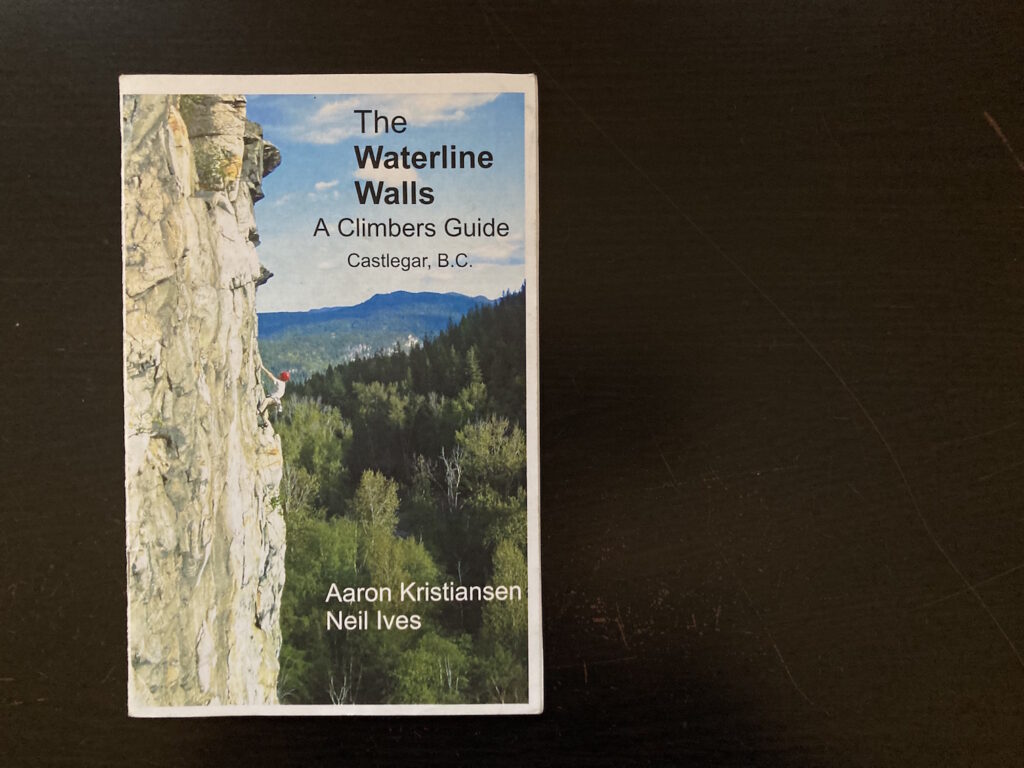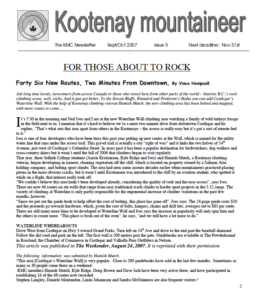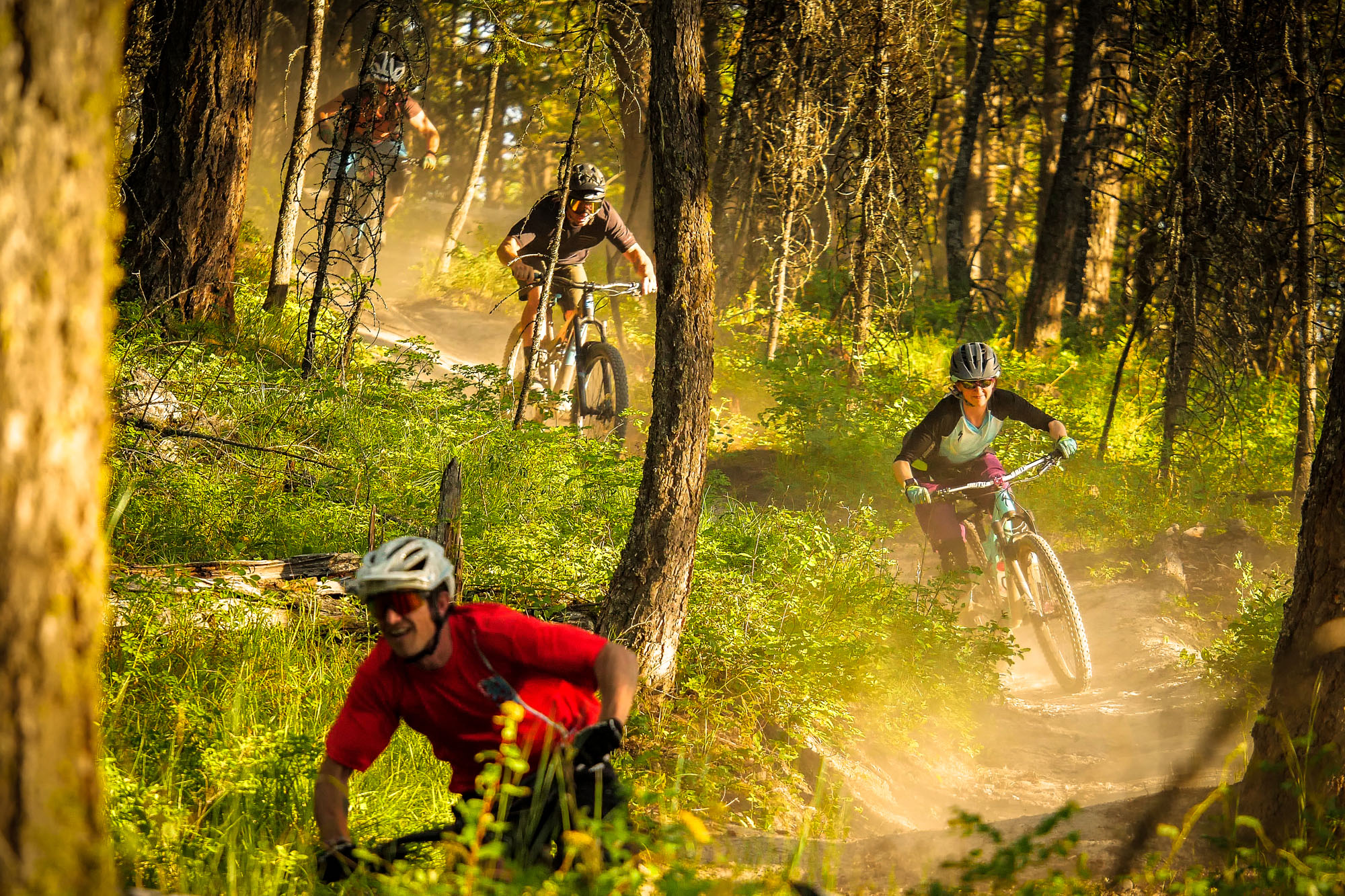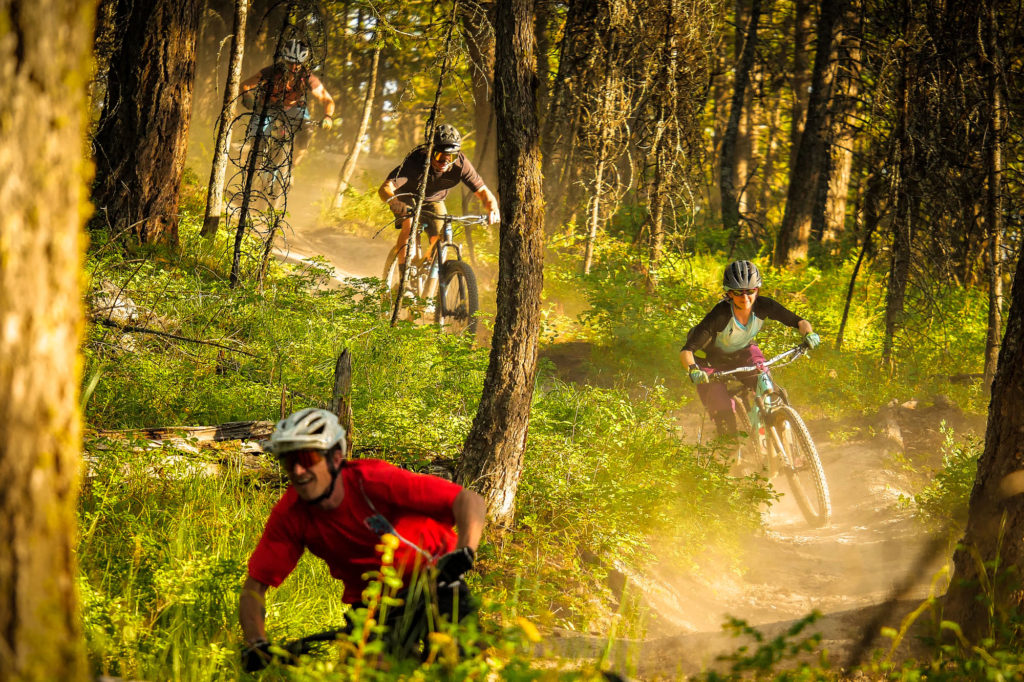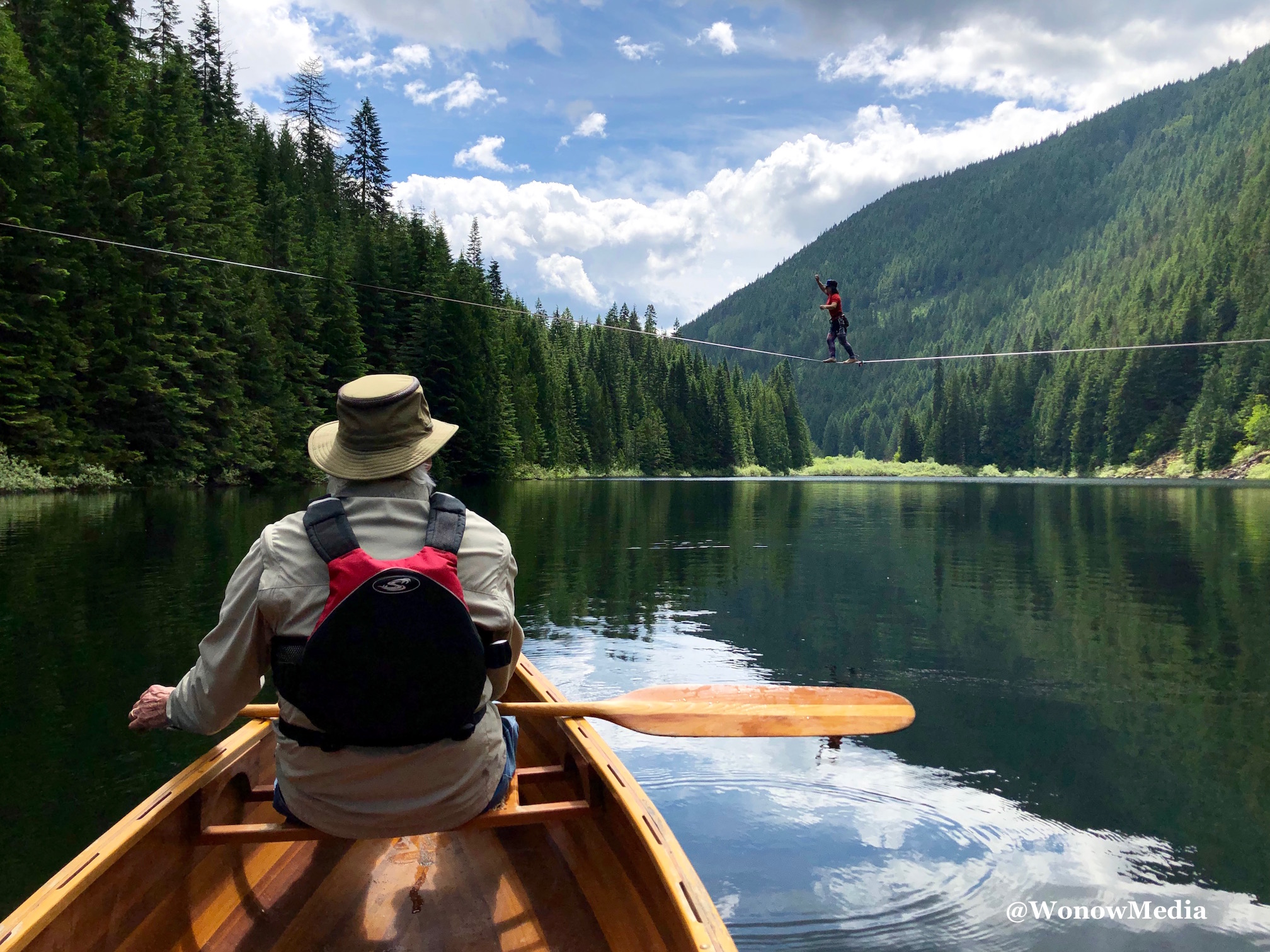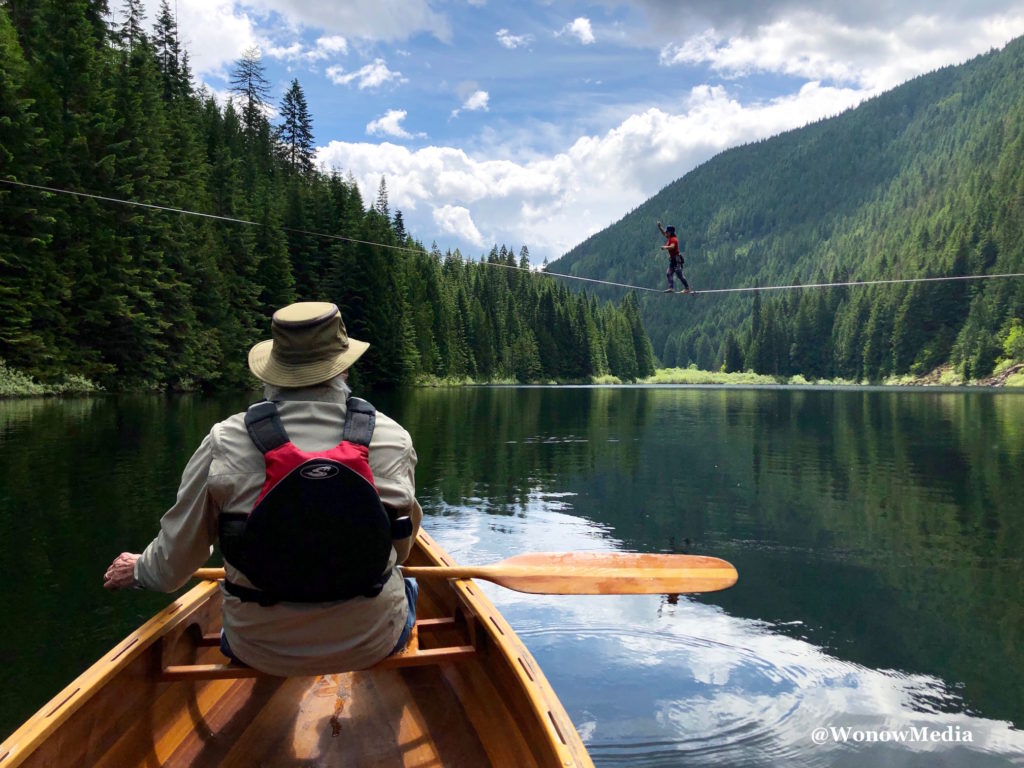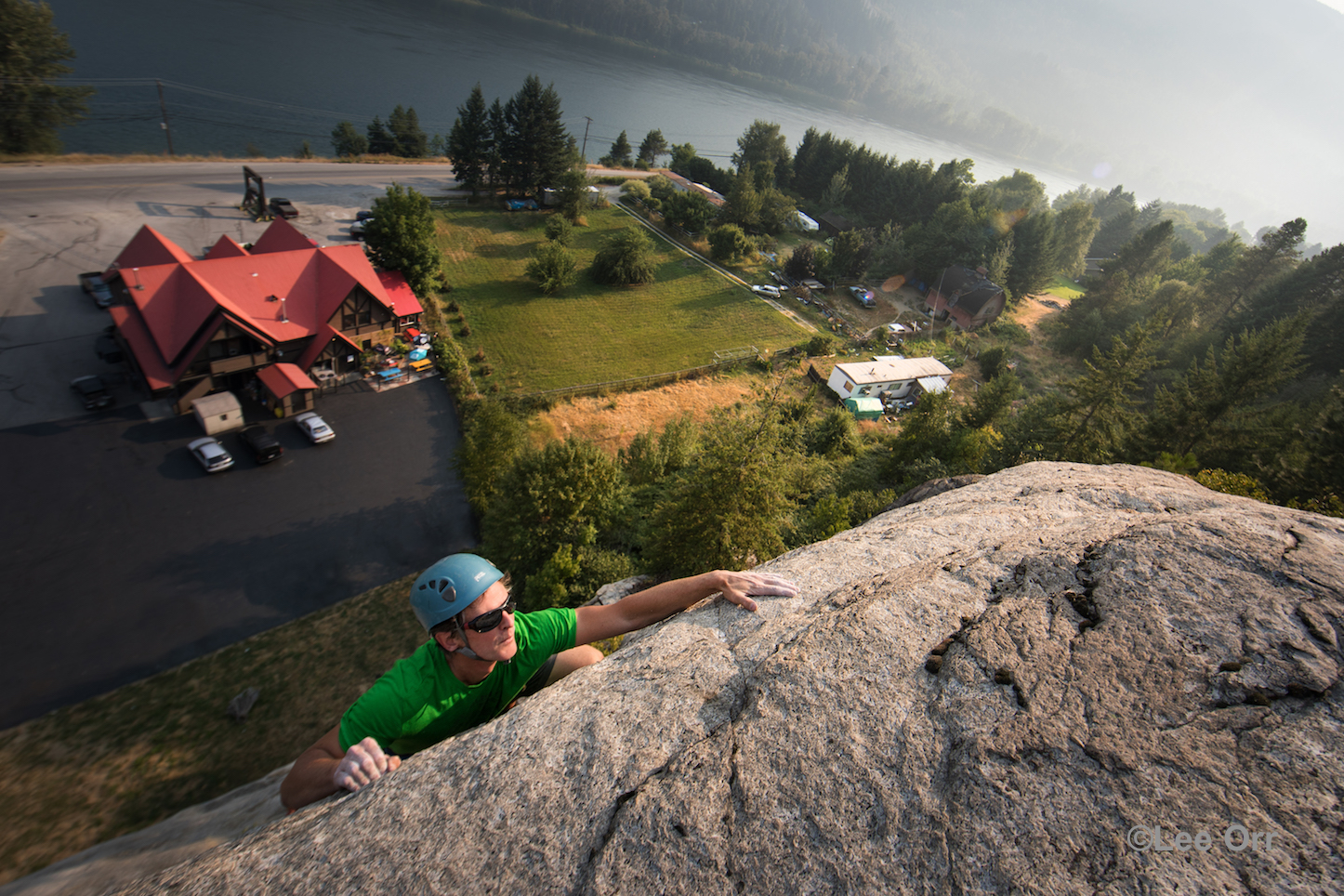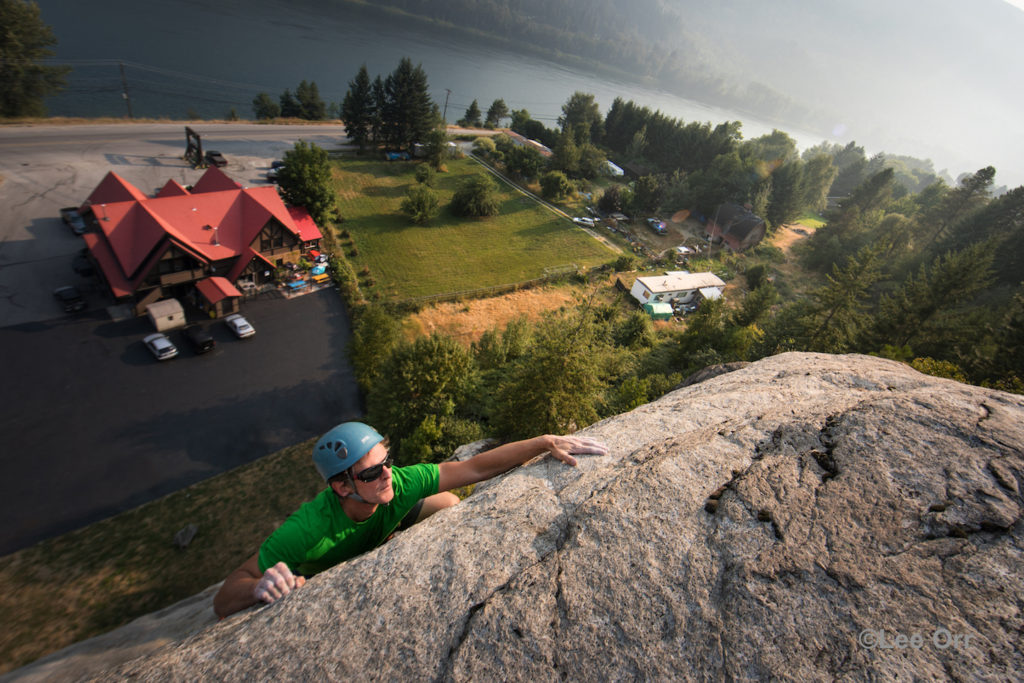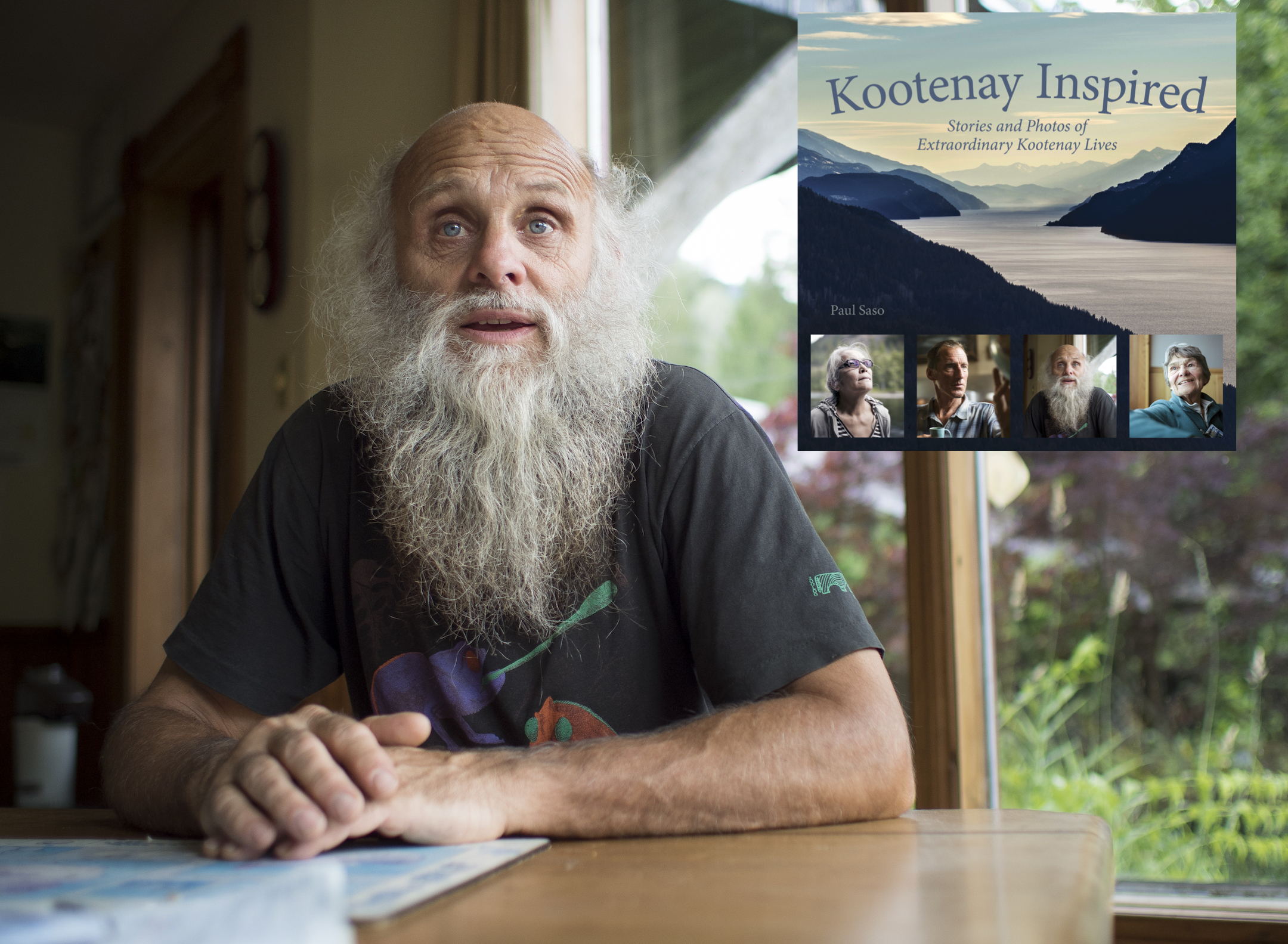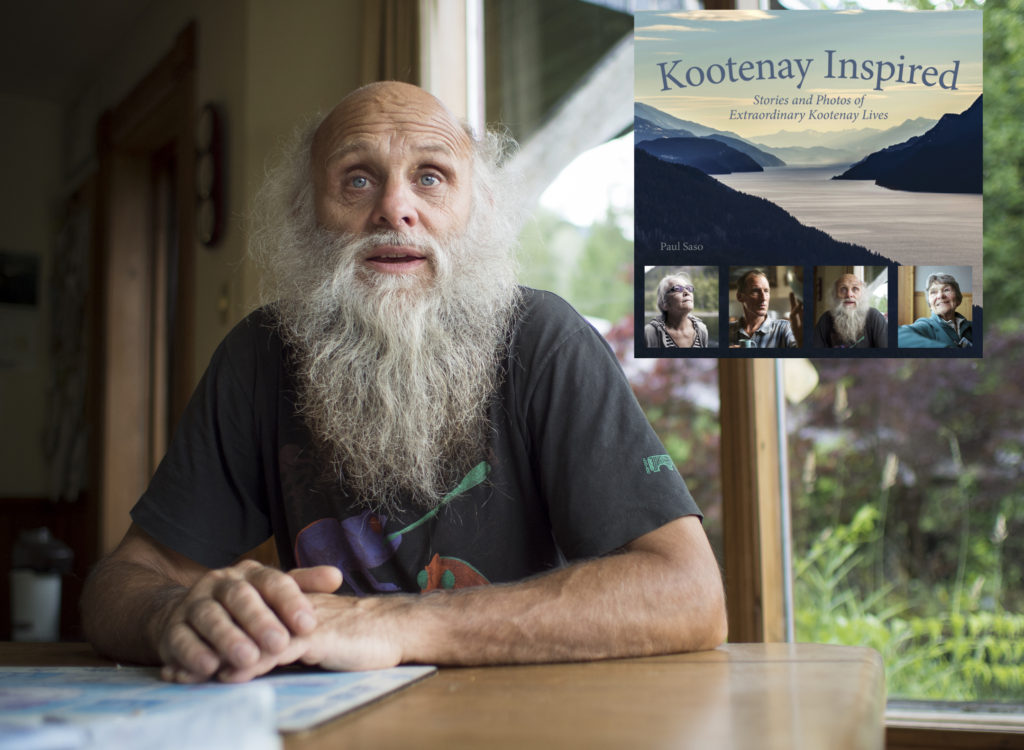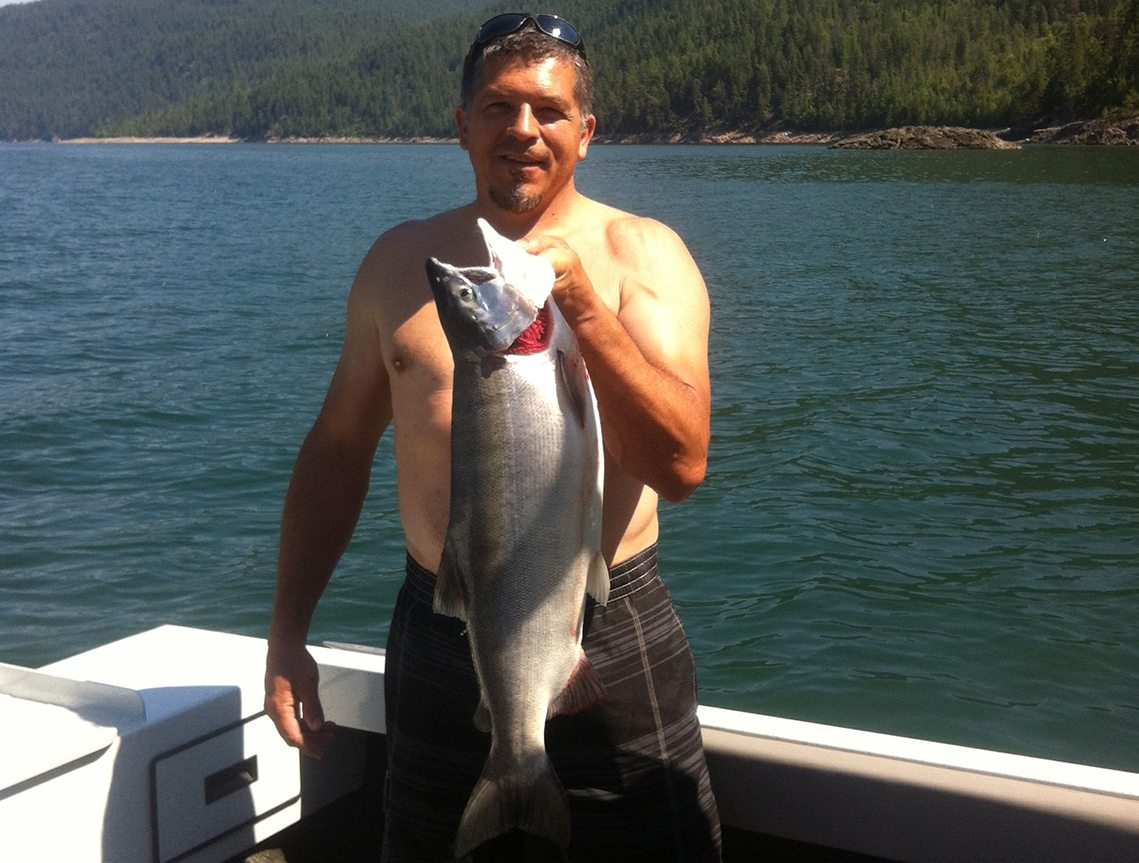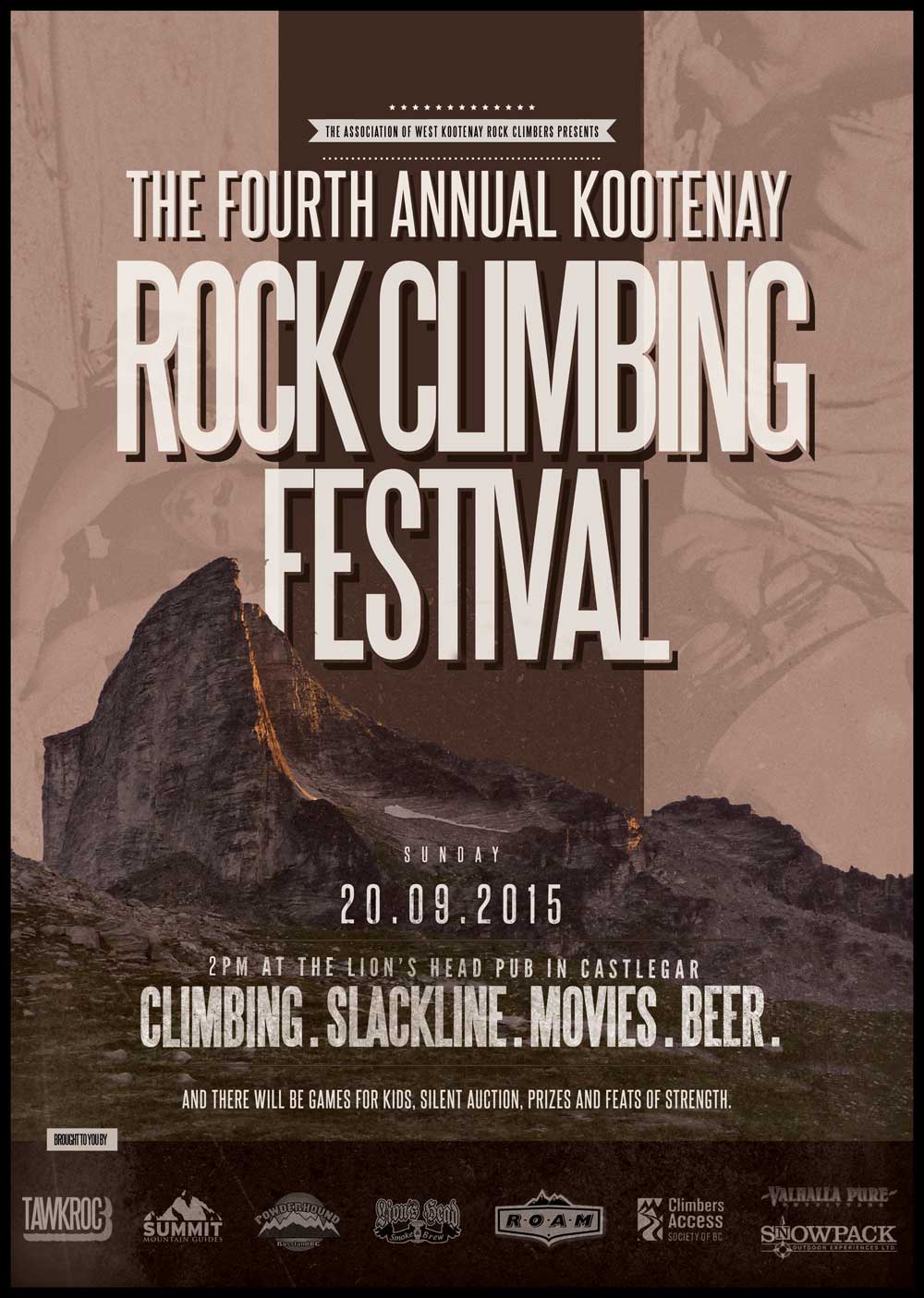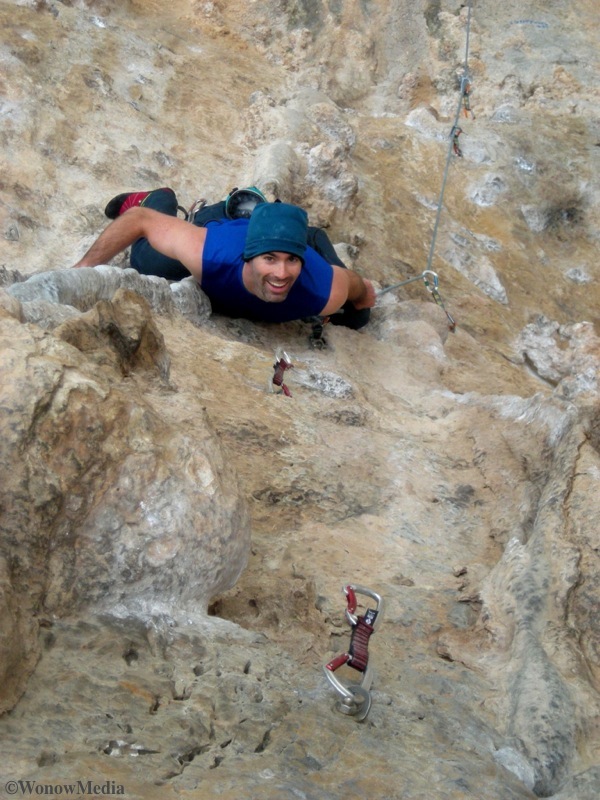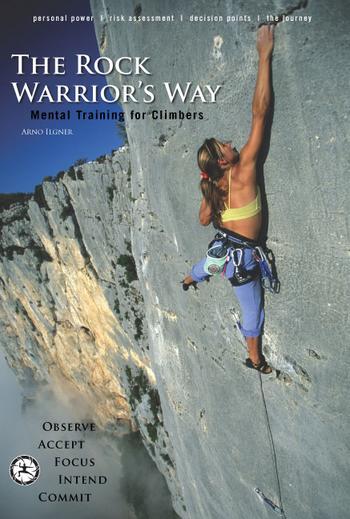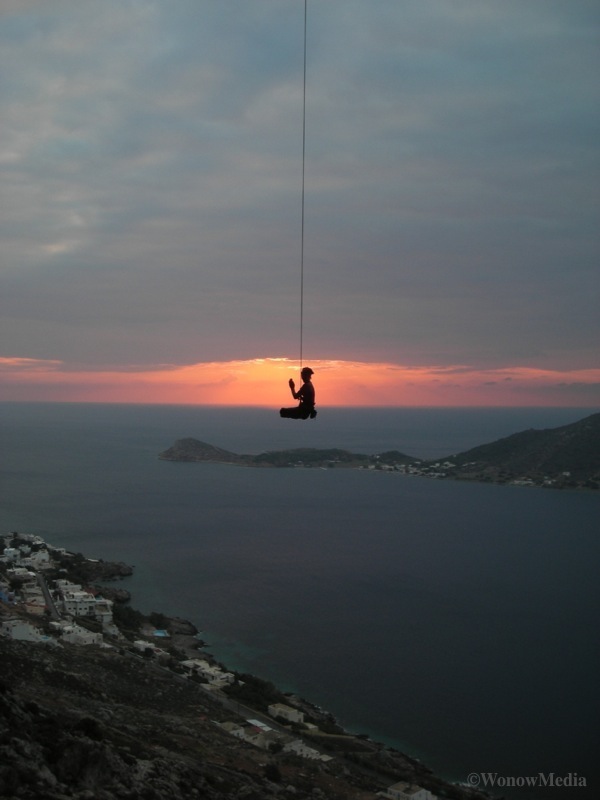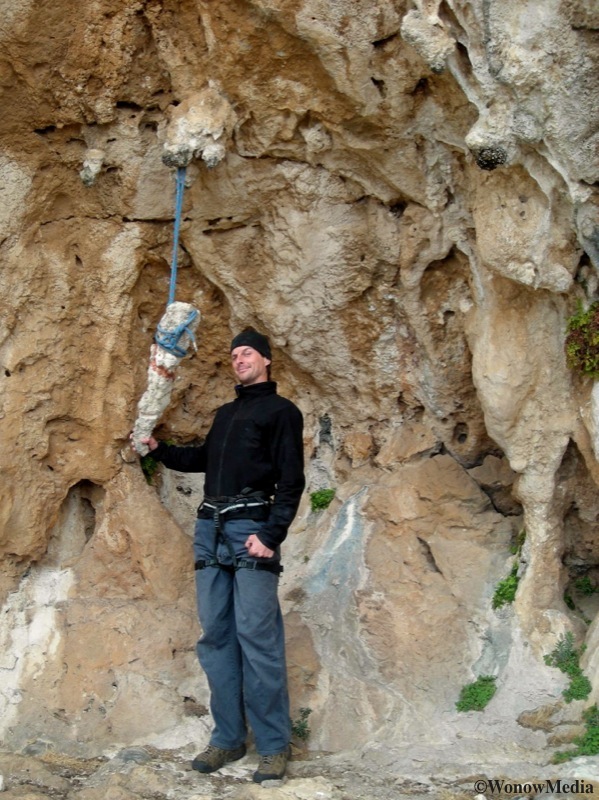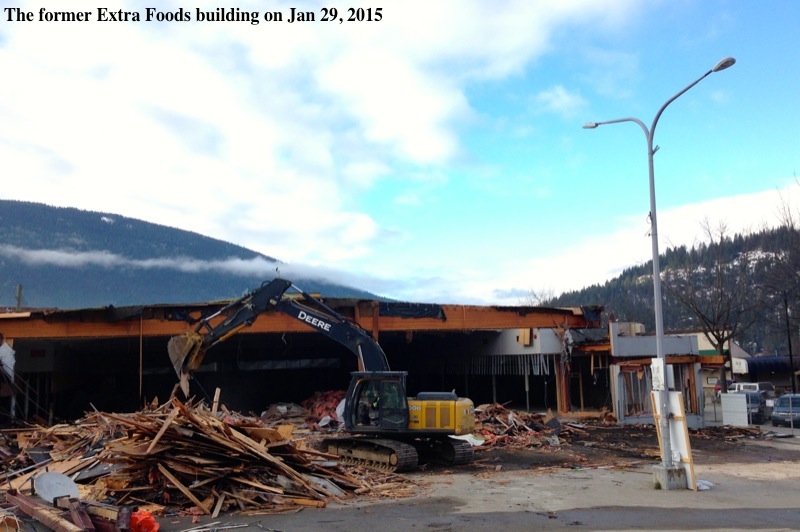Rock Climbing Waterline Walls – A Retrospecive
A retrospective on the early days of development at Waterline Walls in Castlegar, British Columbia.
Ron Perrier, the author of “Where to Hike and Climb in the West Kootenay,” recently reminded me of an article I did for the Kootenay Mountaineering Club’s newsletter “Kootenay Mountaineer” in 2009. It describes the early days of development at Waterline Walls, one of the most popular rock climbing areas in the Kootenay region of British Columbia. It was fun to look back, especially considering the drama that ensued the past few years when the property that Waterline is located on went up for sale, was closed to climbing, and the eventual success of the purchase of the crag by The Association of West Kootenay Rock Climbers.
Here is the article in its entirety as it appeared in the Sept/Oct 2007 edition of the Kootenay Mountaineer.
FOR THOSE ABOUT TO ROCK
Forty Six New Routes, Two Minutes From Downtown
By Vince Hempsall
Ask long time locals, newcomers from across Canada or those who travel here from other parts of the world – Interior B.C.’s rock climbing scene, well, rocks. And it just got better. To the Slocan Bluffs, Kinnaird and Penticton’s Skaha you can add Castlegar’s Waterline Wall.
With the help of Kootenay climbing veteran Hamish Mutch, the new climbing area has been bolted and mapped, with more routes to come… t’s 7:30 in the morning and Neil Ives and I are at the new Waterline Wall climbing area watching a family of wild turkeys forage in the field next to us. I mention that it’s hard to believe we’re a mere two-minute drive from downtown Castlegar and he replies, “That’s what sets this area apart from others in the Kootenays – the access is really easy but it’s got a sort of remote feel to it.”
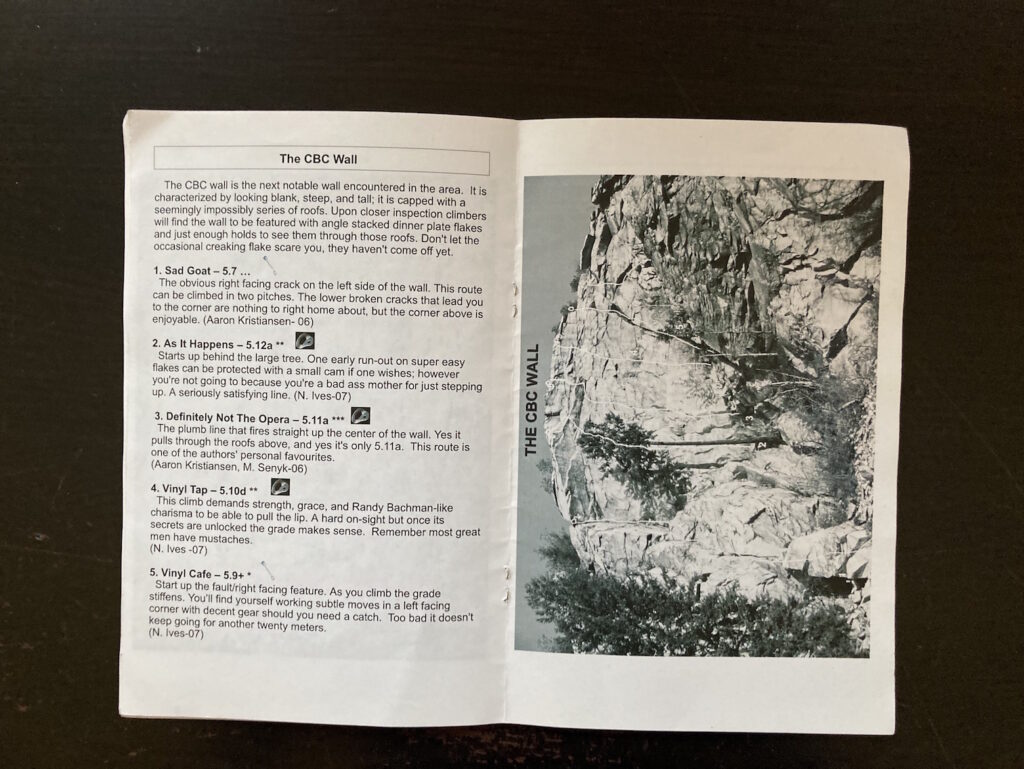
A copy of the second edition of the Waterline Walls guidebook created by Neil Ives and Aaron Kristiansen. The latter went on to create the West Kootenay Rock Guide with Vince Hempsall.
Ives is one of four developers who have been busy this past year putting up new routes at the Wall, which is named for the utility water line that runs under the access trail. This gravel trail is actually a city “right of way” and it links the two halves of 14th Avenue, just west of Castlegar’s Columbia Street. In years past it has been a popular destination for birdwatchers, dog walkers and cross-country skiers but it wasn’t until the fall of 2006 that climbers began to visit regularly. That year, three Selkirk College students (Aaron Kristiansen, Kyle Ridge and Ives) and Hamish Mutch, a Kootenay climbing veteran, began developing in earnest, cleaning vegetation off the cliff, which is located on property owned by a Salmon Arm holding company, and bolting sport climbs. The area had seen some ascents decades earlier when mountaineers practiced placing pitons in the more obvious cracks, but it wasn’t until Kristiansen was introduced to the cliff by an aviation student, who spotted it while on a flight, that interest really took off. “We couldn’t believe this area hadn’t been developed already, considering the quality of rock and the easy access”, says Ives.
There are now 46 routes on six walls that range from easy traditional crack climbs to harder sport projects in the 5.12 range. The variety of climbing at Waterline is only partly responsible for the exponential increase of climber visitations in the past few months, however. “Since we put out the guide book to help offset the cost of bolting, this place has gone off”, Ives says. The 24-page guide costs $10 and the proceeds go towards hardware, which, given the cost of bolts, hangers, chains and drill bits, averages out to $85 per route. There are still many more lines to be developed at Waterline Wall and Ives says the increase in popularity will only spur him and the others to create more. “This place is fresh out of the oven”, he says, “and we still have a lot more to do.”
WATERLINE WHEREABOUTS Drive West from Castlegar on Hwy 3 toward Grand Forks. Turn left on 14th Ave and drive to the end past the baseball diamond. Follow the dirt road and park on the left. The first wall is 200 metres past the gate. Guidebooks are available at The Powderhound in Rossland, the Chamber of Commerce in Castlegar and Valhalla Pure Outfitters in Nelson.


